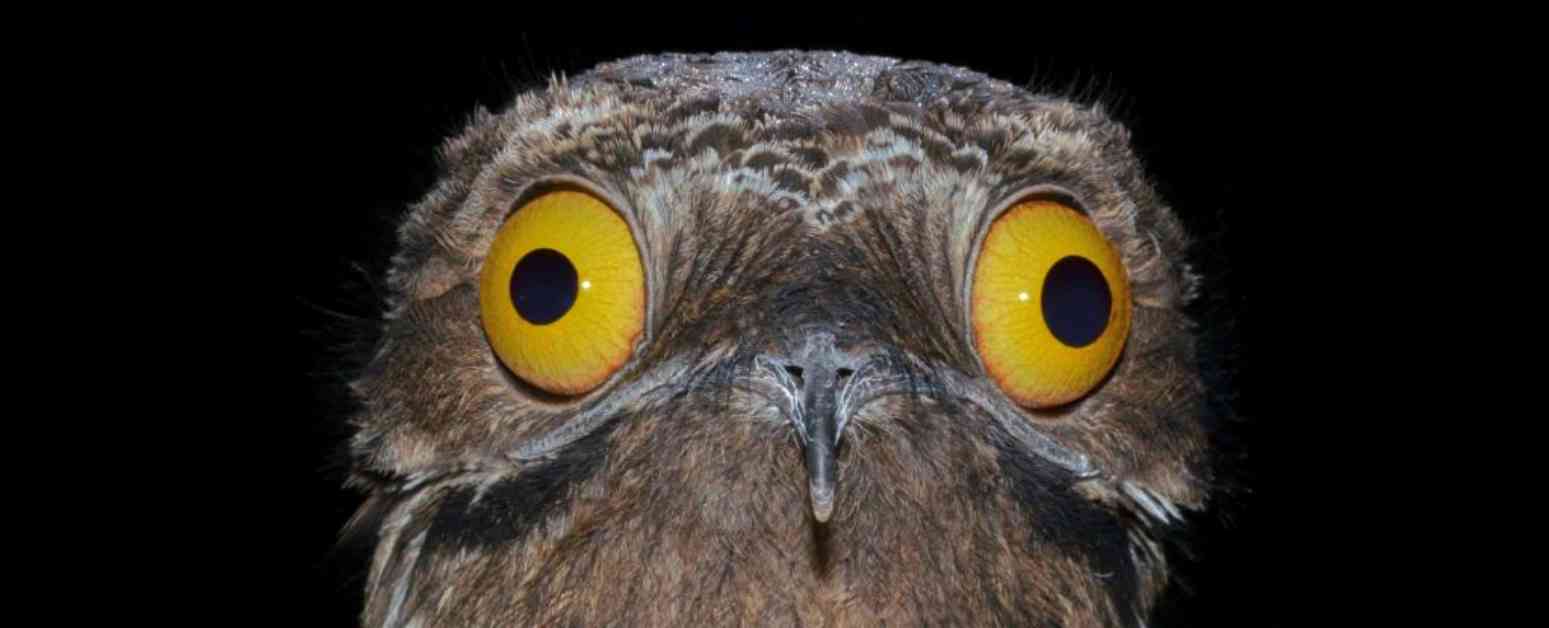A massive asteroid strike around 66 million years ago changed life on Earth as we know it. This event led to the extinction of non-avian dinosaurs, paving the way for the rise of birds. Scientists have now discovered traces of this catastrophe in the genomes of modern birds, revealing genetic changes that occurred after the mass extinction event.
By studying the DNA of living birds, researchers have identified patterns of genetic sequences that changed in the aftermath of the asteroid impact. These changes have been imprinted into the genomes of birds, allowing scientists to detect them tens of millions of years later.
The Cretaceous-Paleogene extinction wiped out 76 percent of all animal life on Earth, creating a vacuum that was quickly filled by the surviving species. Avian dinosaurs underwent significant changes, evolving into the diverse group of birds that exist today.
Through the analysis of bird genomes, researchers have identified shifts in DNA composition that occurred in the 5 million years following the asteroid impact. These changes affected the size of adult birds, their metabolism, and their development as hatchlings.
For example, adult birds became smaller than avian dinosaurs, and there was a shift towards smaller, less developed babies that required intense parental care. This trait, known as precociality, is seen in some modern birds like ducklings and chickens.
The study highlights the profound impact of mass extinctions on organismal biology, shedding light on how these events can influence the evolution of genomes. The end-Cretaceous mass extinction was one of the most biologically impactful events in the history of our planet.
This research, published in Science Advances, provides new insights into the genetic changes that occurred in birds following the mass extinction event. It underscores the importance of studying DNA composition in the context of major environmental changes and highlights the lasting effects of catastrophic events on biological evolution.


